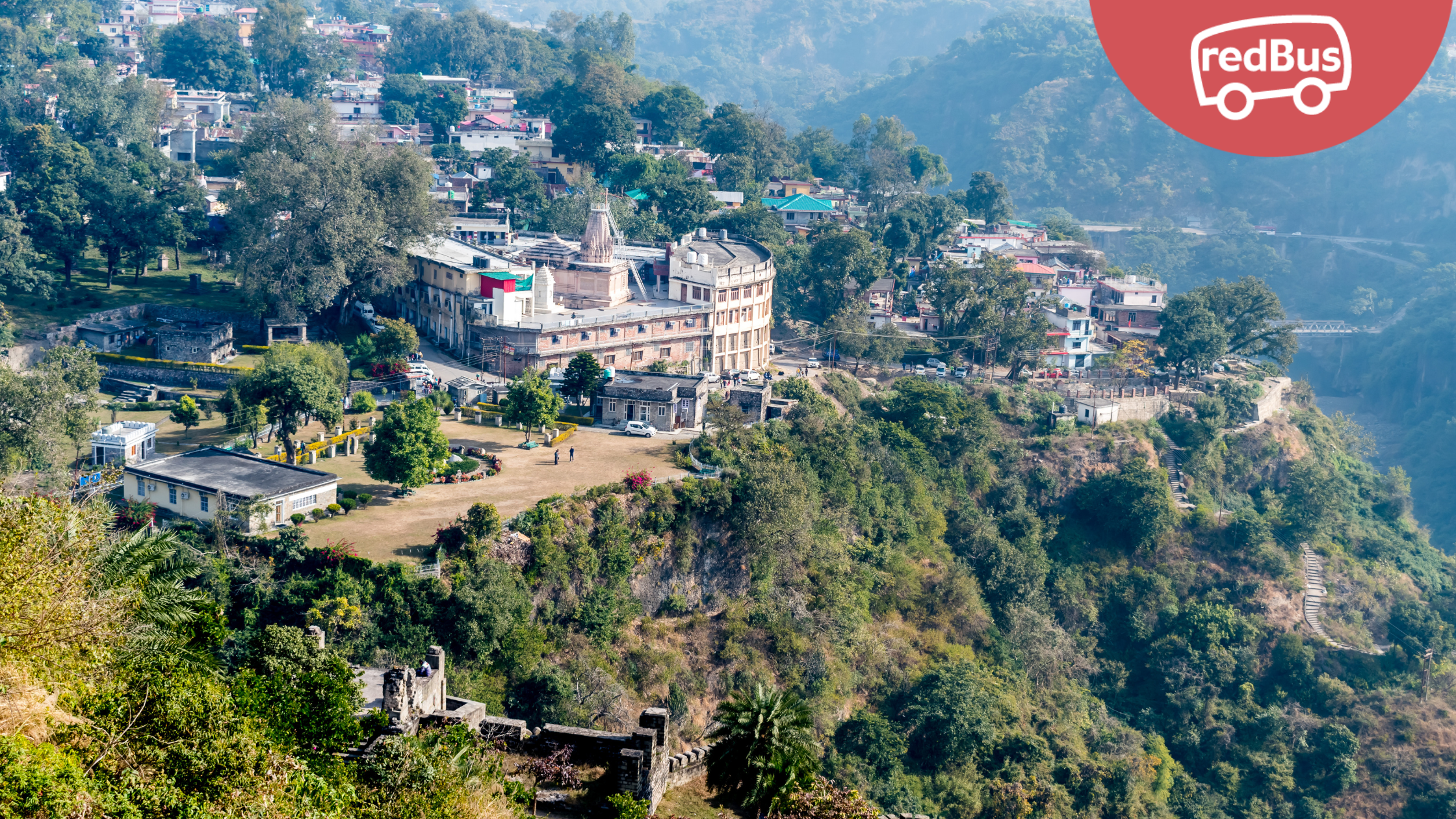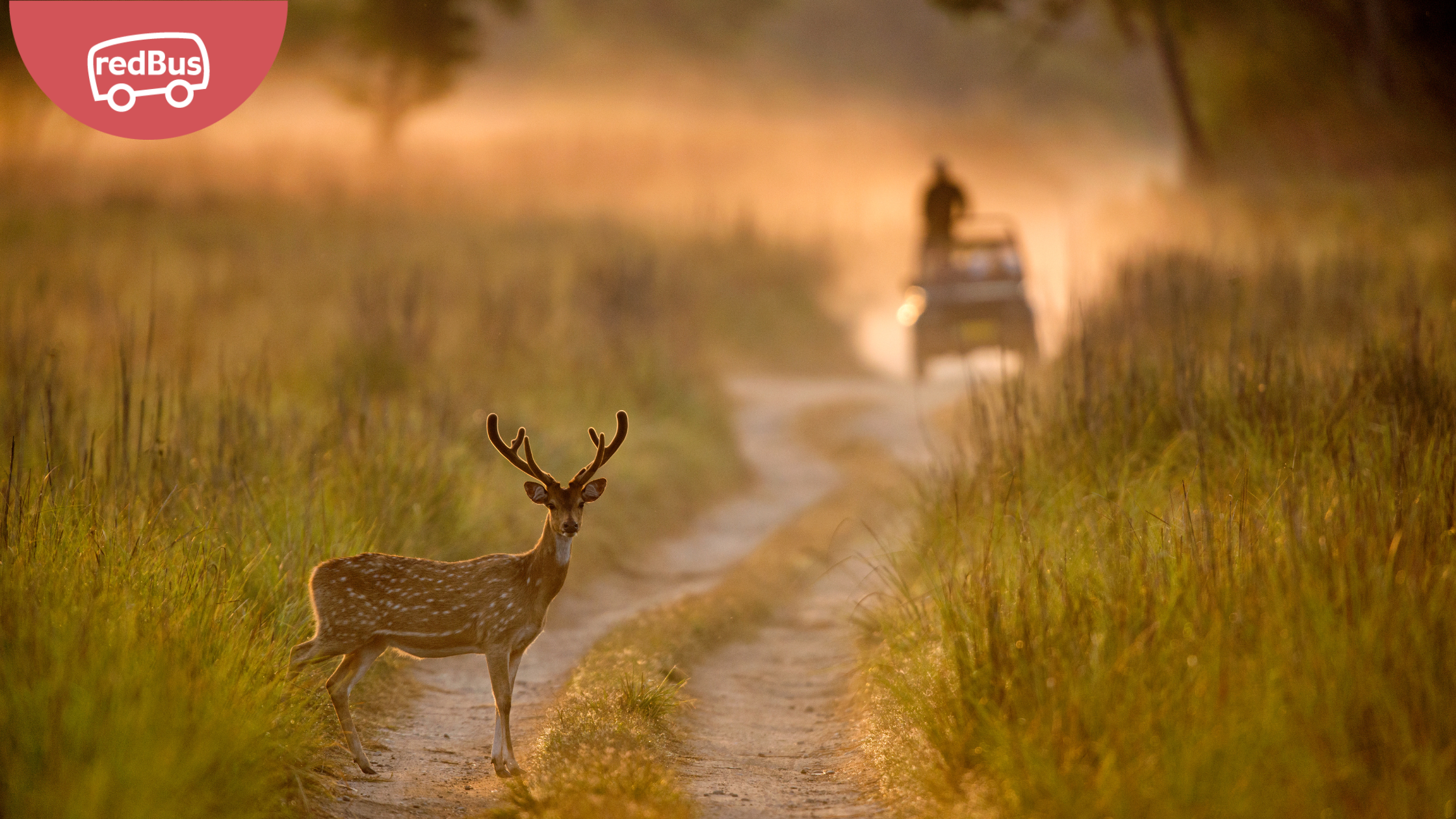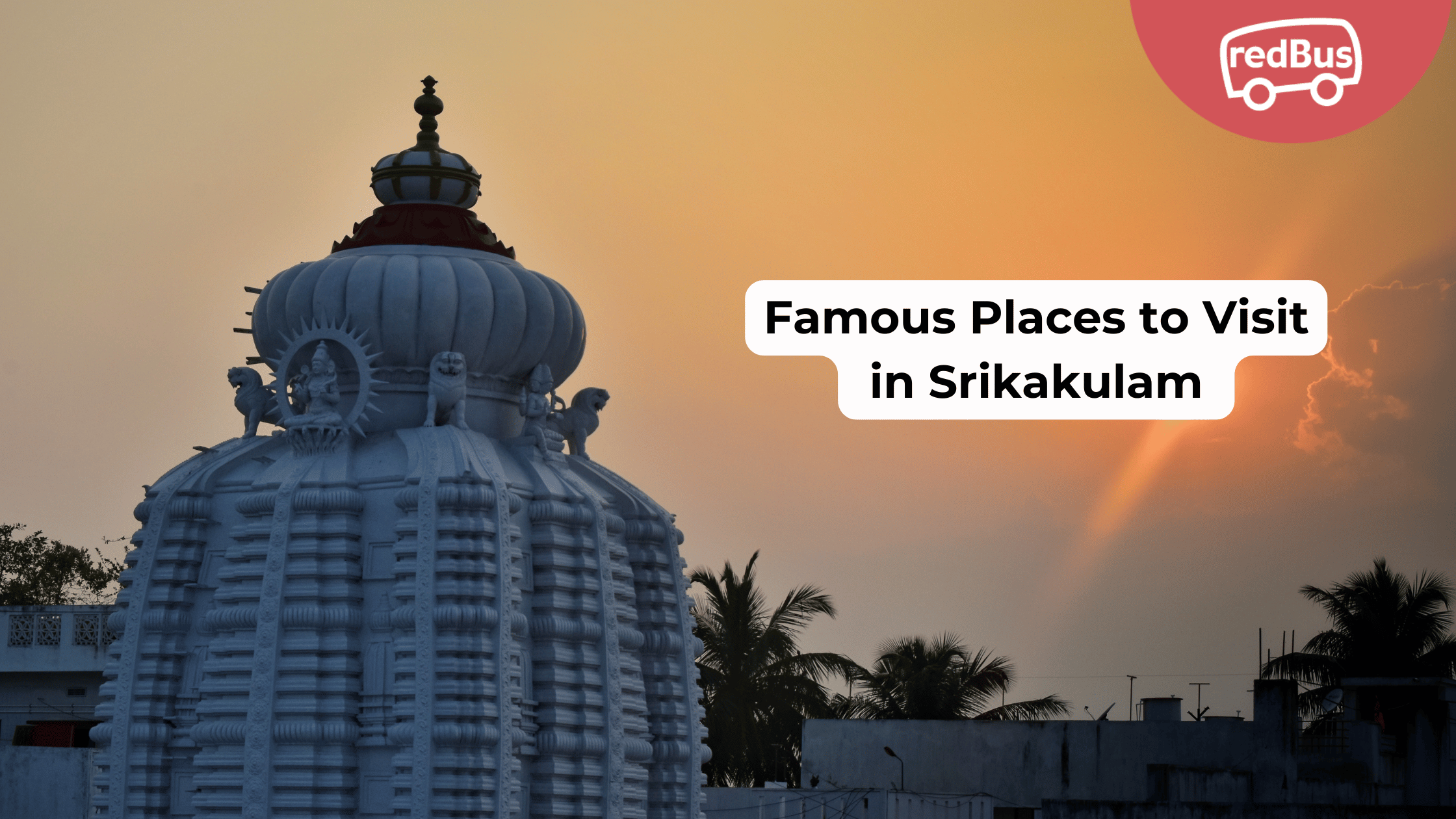Nestled in the heart of India, the Buddhist Circuit in Bihar and Uttar Pradesh stands as a testament to the profound spiritual journey of Lord Buddha. This sacred trail encompasses significant sites where the Buddha was born, attained enlightenment, preached his first sermon, and achieved nirvana. Embarking on this pilgrimage is a transformative experience, offering not only a glimpse into the life of the Enlightened One but also a spiritual journey that transcends time. Here, we embark on a detailed exploration of the Buddhist Circuit, tracing the footsteps of Buddha through Bihar and Uttar Pradesh.
1. Bodh Gaya, Bihar: The Sacred Seat of Enlightenment
- Mahabodhi Temple: Begin your pilgrimage at the Mahabodhi Temple in Bodh Gaya, a UNESCO World Heritage Site. This sacred temple is believed to mark the very spot where Siddhartha Gautama attained enlightenment under the Bodhi tree. The temple complex, adorned with intricate carvings and a towering spire, radiates tranquility and reverence.
- Bodhi Tree: Sit in contemplation under the revered Bodhi tree, a descendant of the original tree where Buddha attained enlightenment. Pilgrims and monks from around the world gather here to meditate and absorb the spiritual energy that permeates the surroundings.
- Great Buddha Statue: The Great Buddha Statue in Bodh Gaya, reflecting the serene countenance of Lord Buddha, is a majestic representation of the Enlightened One. The statue is set against a serene backdrop, creating a contemplative ambiance.
2. Sarnath, Uttar Pradesh: Where the Wheel of Dharma Set in Motion
- Dhamek Stupa: Journey to Sarnath, where Lord Buddha delivered his first sermon, setting in motion the Wheel of Dharma. The Dhamek Stupa, a massive structure adorned with intricate carvings, stands as a symbol of this historic event.
- Mulagandha Kuti Vihar: Explore the Mulagandha Kuti Vihar, a modern temple with beautiful frescoes depicting the life of Buddha. The temple is a serene retreat where pilgrims can reflect on the teachings of the Enlightened One.
- Ashoka Pillar: Admire the Ashoka Pillar in Sarnath, erected by Emperor Ashoka to commemorate his visit to the sacred site. The lion capital atop the pillar is now the national emblem of India.
3. Rajgir, Bihar: The Royal Retreat of Buddha
- Vulture’s Peak: Ascend to the Vulture’s Peak in Rajgir, where Buddha delivered several important discourses. The panoramic views from the peak add a majestic backdrop to the spiritual teachings enshrined in the scriptures.
- Griddhakuta Hill: Visit Griddhakuta Hill, another site where Buddha spent significant time in meditation and delivered profound teachings. The peace and solitude of this hill provide an ideal setting for introspection.
4. Nalanda, Bihar: Ancient Seat of Learning
- Nalanda University Ruins: Explore the ruins of Nalanda University, an ancient center of learning that attracted scholars from across the world. The sprawling complex includes monasteries, temples, and lecture halls that echo the intellectual pursuits of the time.
- Hieun Tsang Memorial Hall: Pay homage to the Chinese scholar Hieun Tsang at the memorial hall in Nalanda. The hall houses relics and artifacts, offering insights into the historical and cultural exchanges that occurred during the Buddhist era.
5. Kushinagar, Uttar Pradesh: The Final Nirvana
- Mahaparinirvana Temple: Journey to Kushinagar, where Lord Buddha attained Mahaparinirvana, marking the end of his earthly journey. The Mahaparinirvana Temple enshrines a reclining Buddha statue, depicting the moment of the Buddha’s final nirvana.
- Ramabhar Stupa: Witness the Ramabhar Stupa, believed to be the cremation site of Lord Buddha. Pilgrims and visitors often engage in quiet contemplation at this sacred place.
6. Vaishali, Bihar: Echoes of Buddha’s Teachings
- Kutagarasala Vihara: Visit the Kutagarasala Vihara in Vaishali, where Lord Buddha spent the last rainy season of his life. The serene surroundings echo the teachings of compassion and mindfulness.
- Ananda Stupa: Explore the Ananda Stupa, a significant archaeological site in Vaishali. The stupa is believed to house the mortal remains of Lord Buddha’s close disciple, Ananda.
7. Sravasti, Uttar Pradesh: The Jetavana Grove
- Jetavana Monastery: Sravasti, with its ancient Jetavana Monastery, holds a special place in Buddhist history. Lord Buddha spent numerous rainy seasons here, and the ruins of the monastery stand as a testament to the flourishing monastic life of that era.
- Angulimala’s Stupa: Pay homage to Angulimala’s Stupa in Sravasti, associated with the reformed bandit who became one of Buddha’s disciples. The stupa encapsulates the transformative power of Buddha’s teachings.
8. Lumbini, Nepal: Birthplace of Siddhartha Gautama
- Maya Devi Temple: Conclude your Buddhist Circuit journey at Lumbini, Nepal, the birthplace of Siddhartha Gautama. The Maya Devi Temple marks the exact spot where Queen Maya gave birth to the future Buddha. Pilgrims often offer prayers and circumambulate the sacred garden surrounding the temple.
- Ashoka Pillar: The Ashoka Pillar, erected by Emperor Ashoka, stands as a symbol of reverence and marks the significance of Lumbini as a pilgrimage site.
Conclusion:
Embarking on the Buddhist Circuit in Bihar and Uttar Pradesh is more than a physical journey; it is a spiritual odyssey that resonates with the teachings of compassion, mindfulness, and enlightenment. As pilgrims traverse through the sacred sites associated with Lord Buddha, they not only witness the architectural marvels of ancient times but also immerse themselves in a profound spiritual experience. The Buddhist Circuit is a living testament to the enduring legacy of Buddha’s teachings and serves as a source of inspiration for those seeking enlightenment and inner peace. May your journey be filled with the serenity and wisdom that radiates from these sacred sites.












